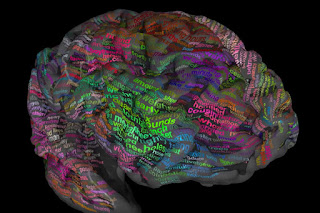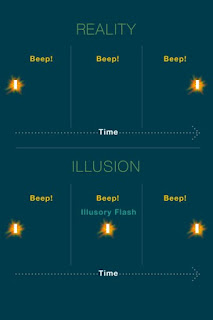Linking the Brain to Machines

US Defense Department's DARPA Investing Millions in BMIs Source: DARPA Brain Machine Interfaces - the New Frontier Brain-Machine Interfaces (BMIs). The US Defense Department's Advanced Research Projects Agency - DARPA - is investing millions of dollars into its Next Generation, Non-Surgical Neurotechnology program. The purpose is to provide BMIs to the US military for overwhelming technological advantages. Breakthrough R&D DARPA has just launched a radical approach. Wireless BMIs that do not require surgery to link the brain and technology. Six academic teams have just been tapped to come up with radically different, innovative approaches. The concepts include connecting by acoustic signals, electromagnetic waves, infrared beams, genetically enhanced neurons and nanotechnology. It's a 4 year research program and each university team is said to be getting $20 million. MegaTrend This is an important trend to follow. B...









